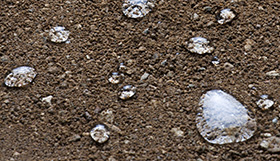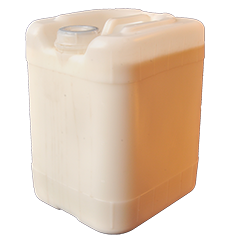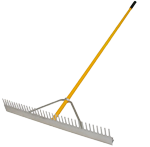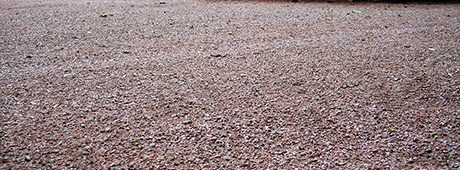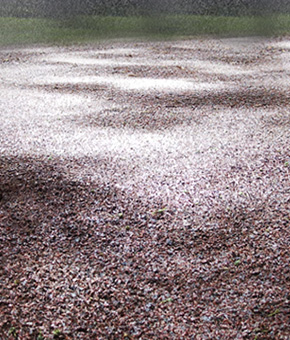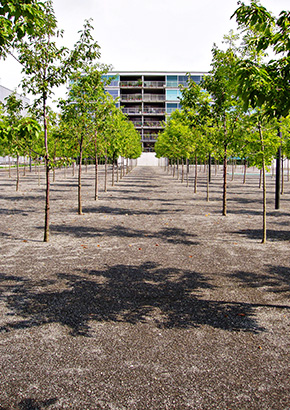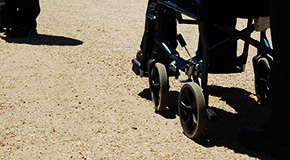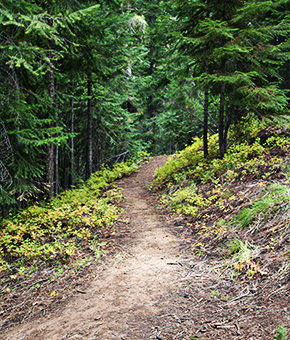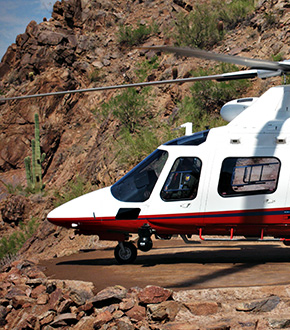Stabilizer® Water Binding Technology
The only patented natural soil binder formulation. Derived from rapidly renewable organic materials, Stabilizer increases accessibility in natural aggregates. Many products call themselves “stabilizers” but this is the original natural binder trademarked over 30 years ago.
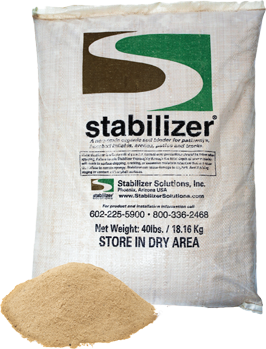
How does it work?
Integration - Blends into pore space of soil aggregate
Absorption - Absorbs 12 X its weight in water
Cohesion - Forms a cohesive gel that binds soil particles, keeping stability between soil particles during periods of excessive moisture
Balance - Maintains damp soil consistency longer when wet, and slowly releases moisture back into the soil in dry conditions
Stability - All of this equals a more stable and accessible footing for traffic
Related Products: Stabilizer | Original Stabilized Decomposed Granite
